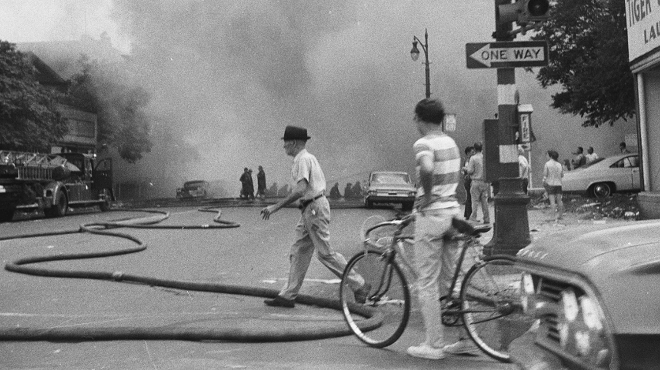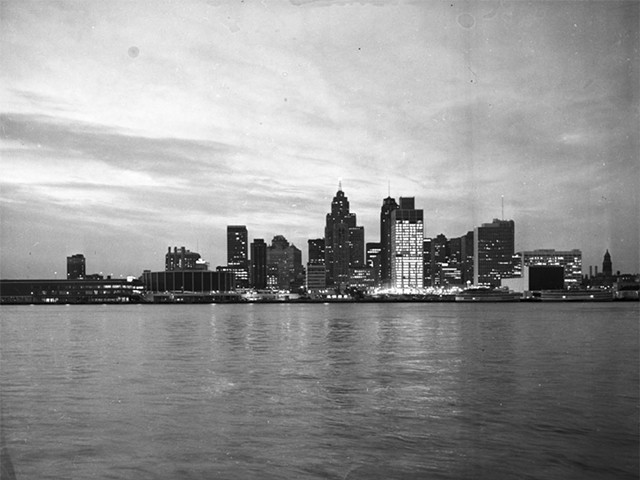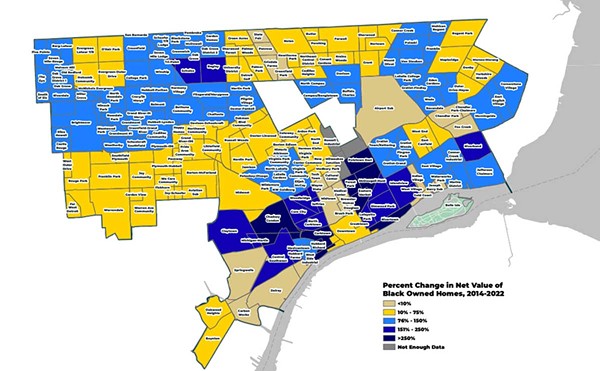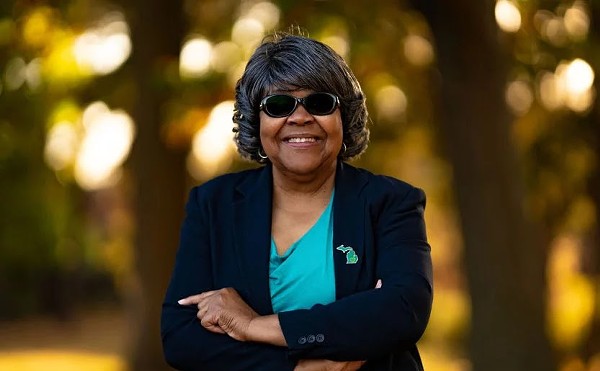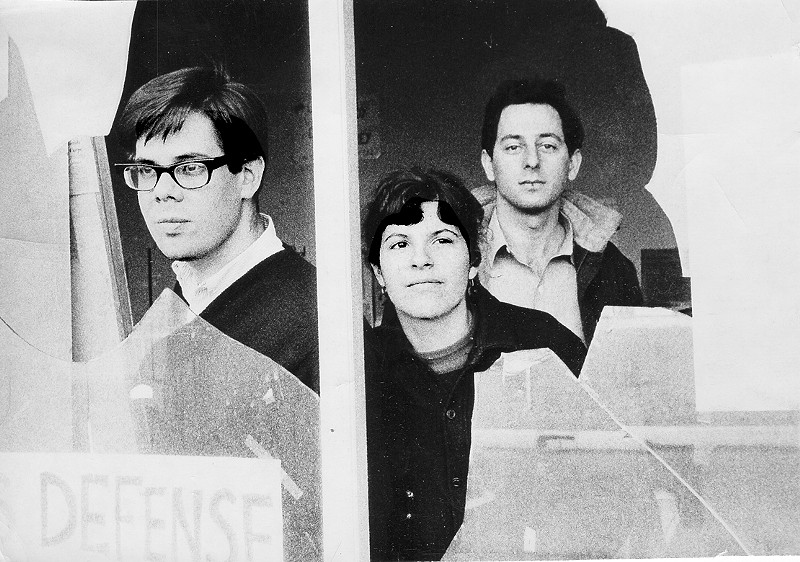
Radicalized young black Detroiters found some white allies in a handful of integrated spaces, often hosted by artists and hippies, such as the Detroit Artists Workshop and the scene orbiting around the MC5 and John Sinclair down the street, which included the Fifth Estate offices and a hippie commune in the nearby Victorian townhouses.
Leni Sinclair: For me it was a period of a lot of activity. We were into the Detroit Artists Workshop with a small group of poets, writers, and musicians, kind of an elite group. [laughs] And then in 1966-67 all of a sudden these young people from the suburbs were looking to come into Detroit. And based on what they saw on TV and what they read in Life magazine, were coming to us, because we were the local beatniks. There were hundreds of them coming looking for something to do. So the Artists Workshop became something different. It was kind of like a community center where people could come hang out, put together books, make themselves useful. It was open 24-7 with couches and vending machines. It was like an open city. And at the same time as when my ex-husband John Sinclair started managing the MC5 and the Grande Ballroom started happening, And we got involved publishing newspapers and doing the light show and sewing stage clothes and making fliers, just a whole lot of things.
Pun Plamondon: I wasn’t even an activist at that time, none of us were. We were like what we liked to call “cultural revolutionaries.” We were into making music and making art and making poems and printing poetry books and doing a newspaper. Naturally we were against the war, but taking a position against the war, you don't have to be an activist to do that.
Leni Sinclair: The Castle was this four-story building full of hippies and students. It was real cheap. We rented, like, four townhouses for, like, $50 each from this landlady, and each townhouse had five bedrooms. So we would rent out a bedroom for $15 a month, which made it possible for all kinds of beatniks and hippies to live there nearly rent-free.
Pun Plamondon: I used to put down those lefties because they were arguing their position papers and intellectualizing. I never aspired to be like them; I supported the efforts but when it got into the weeds of Marxist and Leninism, that sort of stuff, at that time, I just wanted to get high and listen to music.
Leni Sinclair: The Artists Workshop was so integrated that we never even thought about it. If you could play, you could play, whether you were white or black. There were a lot of black musicians, poets. Bill Harris came out of the Artists Workshop.
Leni Sinclair: We lived in this building on the corner of Warren and the John C. Lodge service drive, which was a two-story building. And on the bottom was the Committee to End the War in Vietnam and around the corner on Warren was the Fifth Estate office, and around the other corner was the Detroit Artists Workshop Press, and the Artists Workshop had two storefronts. The upstairs used to be a dentist's office, and we took it over.
Peter Werbe: Oh, yeah. That was Dr. Hertz's office. What a great name for a dentist!
Leni Sinclair: And so we had this apartment with these little rooms. Perfect for a commune. One after another, we cleaned all the dental equipment out of the rooms, and then another couple or person could move in. And that was really the beginning of us living with a bunch of people, commune-style. … People just moved in if we had space. One of the first people to move in was Gary Grimshaw, who had just gotten out of the Navy.
The political and artistic influences ran both ways in the small biracial community.
Pun Plamondon: I was following the black liberation struggle very closely and reading their material. I think it came from the Black Panthers, but I’m not certain, the idea that urban areas, particularly black-dominated urban areas, were colonies of the larger white mother country and that was a classic textbook example because you had these white folks, white cops were an occupying force.
John Sinclair: Kenny Cockrel, John Watson, General Baker, guys like that ― they were the real vanguard in Detroit. They were fearless. Can you imagine organizing a revolutionary group inside of an automobile factory? Jesus Christ. That would be way beyond my … I couldn't even go to an automobile factory. Not what I had in mind. These guys not only worked, but they opposed them. I thought they were fucking giants. … We wanted to do anything we could that would help.

